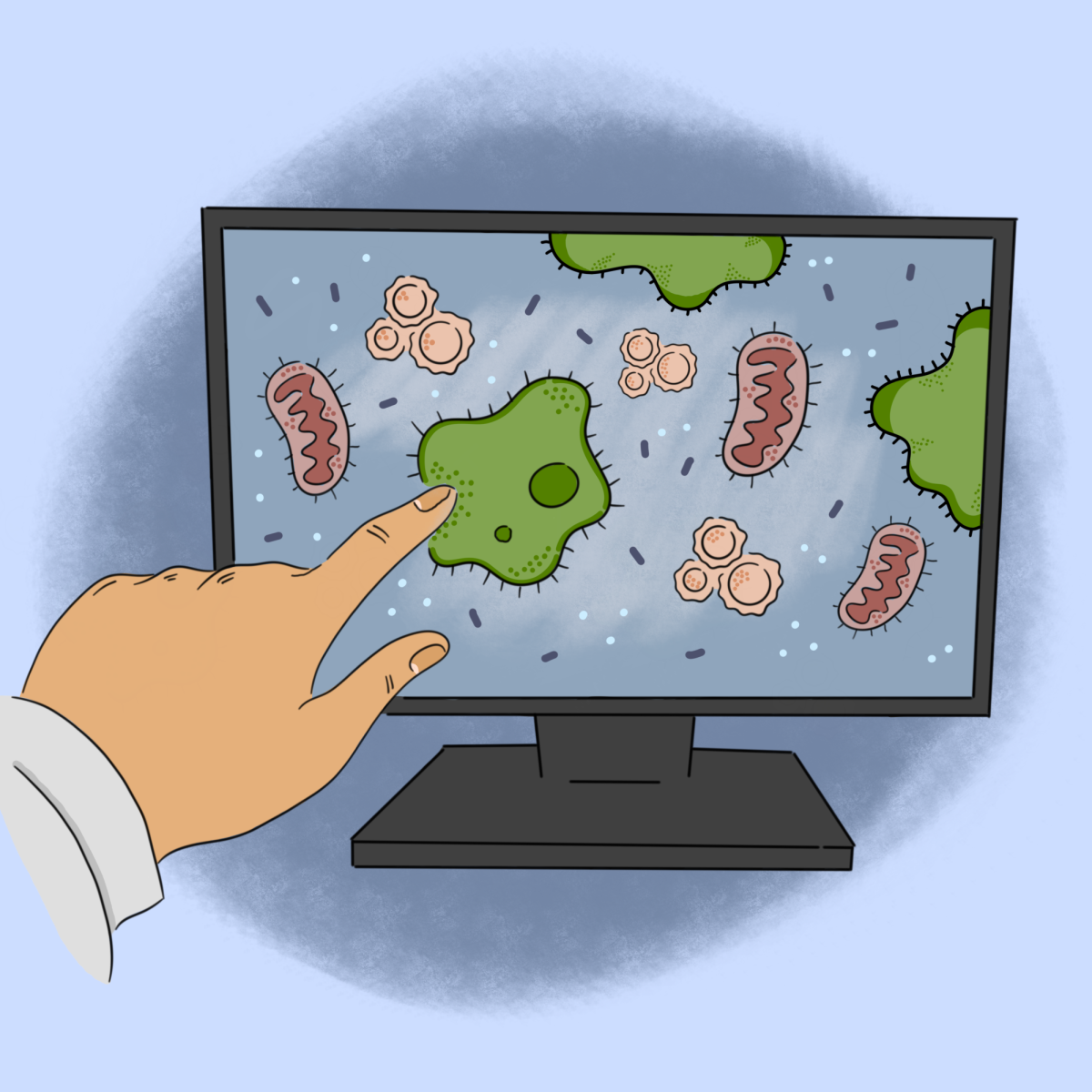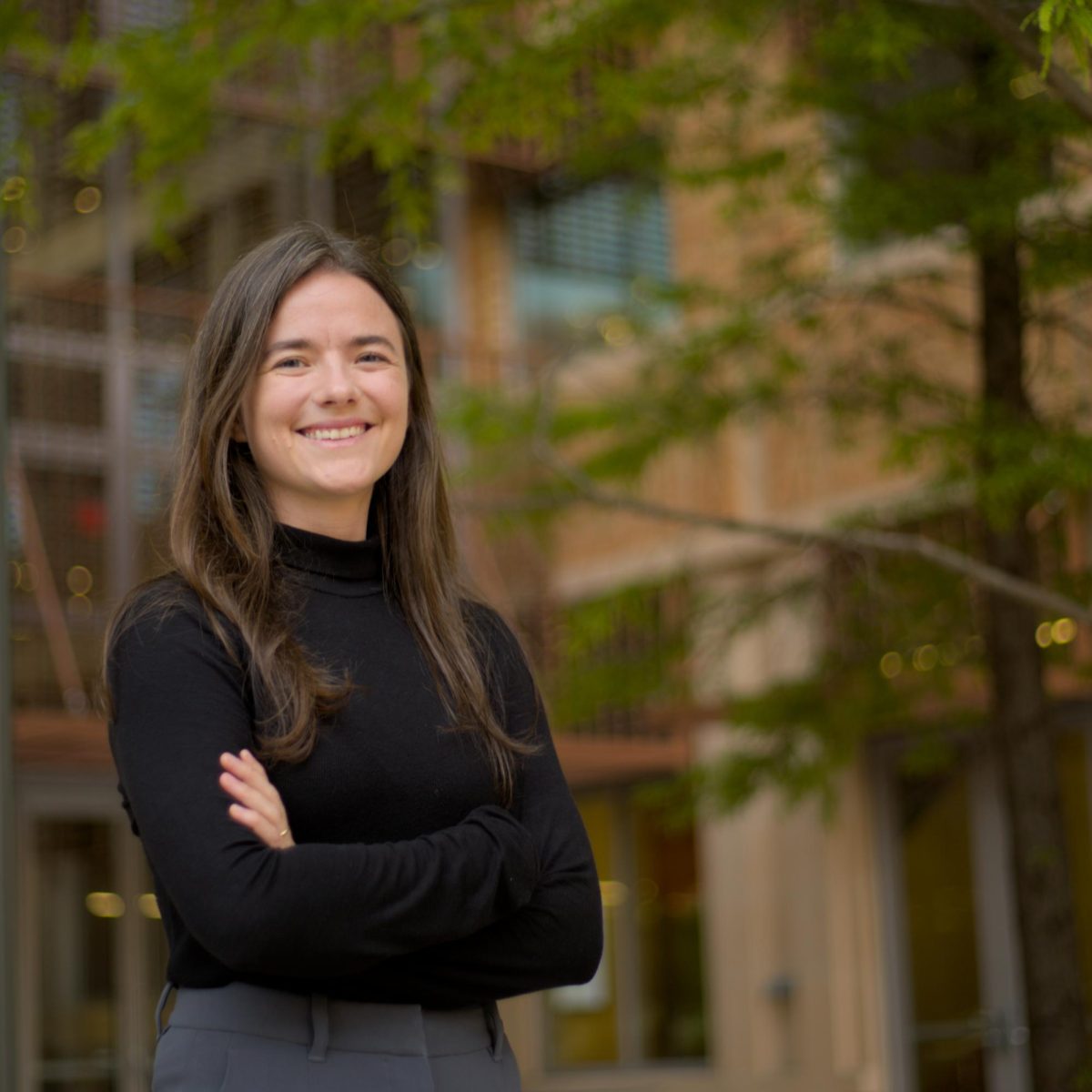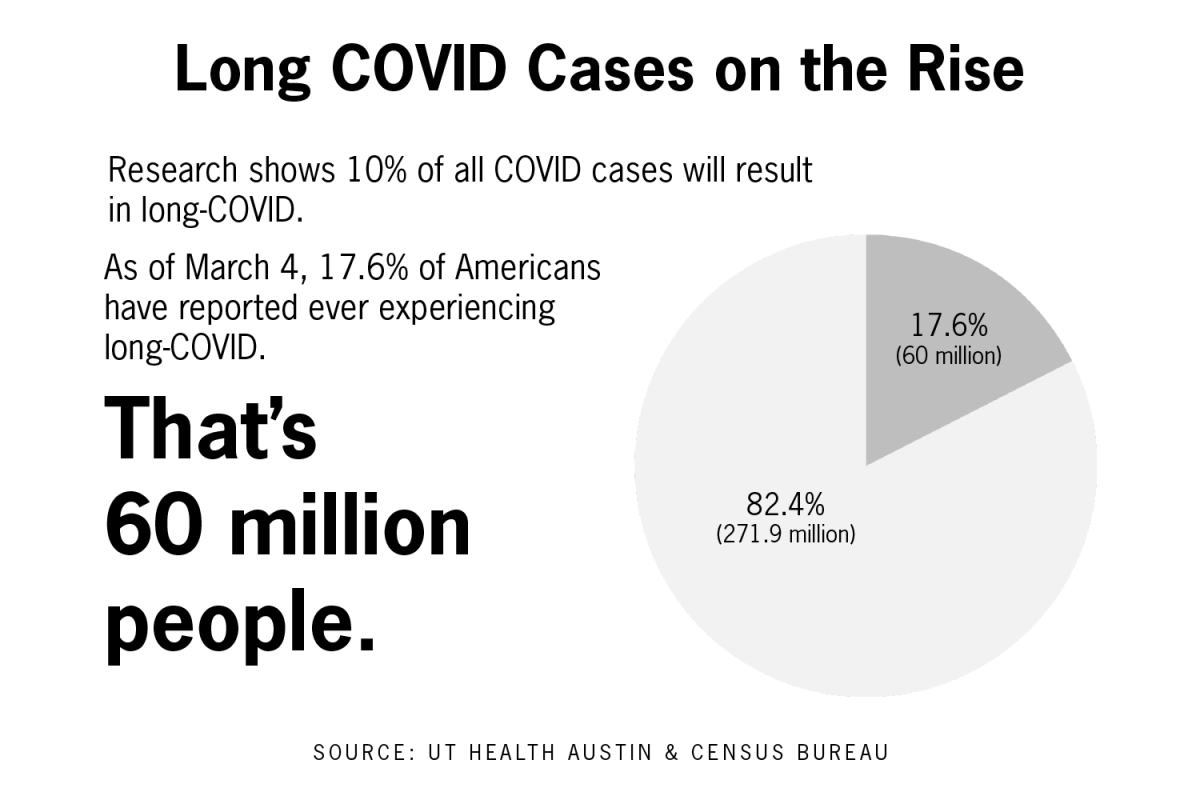UT researchers developed AI tools to accelerate the production of a medication that treats Alzheimer’s and dementia symptoms, according to a study published March 7.
Simon d’Oelsnitz, an author of the study, said the active ingredient in the Alzheimer’s medication galantamine can be extracted from daffodils through a long and fragile process dependent on crop yields. He said the lab’s purpose is to build tools that ferment the medicine, like fermenting beer, making the production more secure and cost effective.
“There’s been a little bit of characterization work on the (daffodil) pathway, but no one’s really engineered a microbe to produce some of these compounds,” said d’Oelsnitz, former UT postdoctoral researcher and current Harvard Medical School synthetic biology fellow. “We took our big hammer with our AI tools and our biosensors and we started to engineer the pathway.”
Daniel Diaz, UT postdoctoral scientist who leads the Deep Proteins group at the Institute for Foundations of Machine Learning, developed the AI system MutComputeX to identify protein mutations that triple the production rate of chemicals needed to produce galantamine.
“This drug is made by the daffodil, but there’s proteins in the daffodil that make the drug,” Diaz said. “Why don’t we just take the proteins out of the daffodil?”
Diaz compared the AI-based process to the basic algebraic function y=f(x). The researchers create a microenvironment of a protein which acts as the independent variable, x, where the dependent variable, y, is the protein mutation. The function, f, then, is the process by which the AI program finds a pattern between the two variables — how the protein mutation leads to the production of galantamine.
This process, called protein engineering, tells researchers what mutations found in daffodil proteins are responsible for creating galantamine and allows them to artificially mimic these proteins in the lab.
“If the model does not predict what (amino acid) I’ve deleted, the question is ‘did the model make a mistake or did nature make a mistake?’” Diaz said. “That’s how the model allows us to quickly engineer proteins because it tells us all the regions in the protein where it disagrees with nature, and then we can just focus on fixing those regions.”
A synthetic and commercial method to cultivate the active ingredient in galantamine already exists, however d’Oelsnitz said it is very costly. He said while extracting the ingredient from daffodils is more economically feasible now, it will not be that way for long due to the restrictions from the plant’s growing cycles, only exacerbated by climate change.
d’Oelsnitz said this study raises awareness for new technology and shows the bioengineering community the importance of this kind of research.
“We’re not fermenting the end medication in microbes,” d’Oelsnitz said. “But we’re creating the groundwork, the foundation for others to build on to eventually achieve this. … So we’re providing the tools.”















